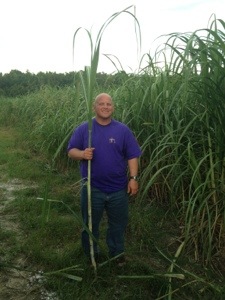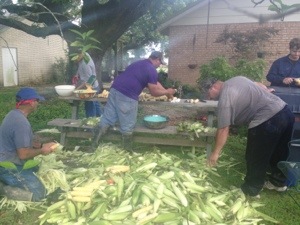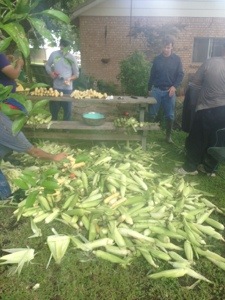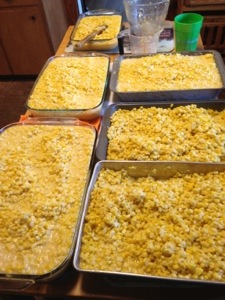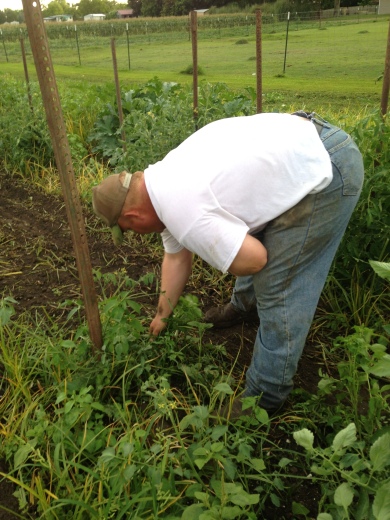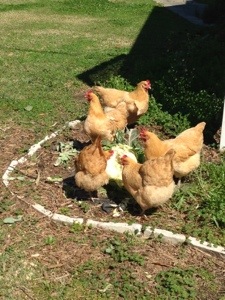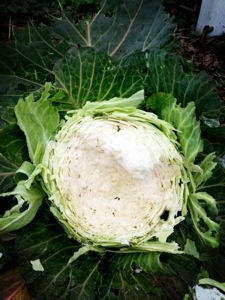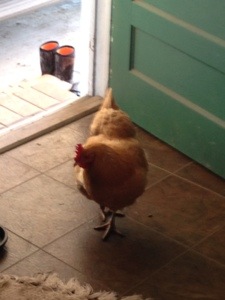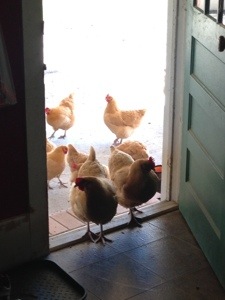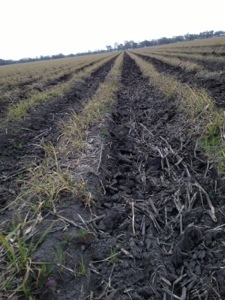 Meet Penny. She’s my favorite chicken ever. We are BFF’s. She probably became my favorite because I could tell her apart from the other hens. See her beak? It’s not supposed to be that long; the top part should end just past the bottom part.
Meet Penny. She’s my favorite chicken ever. We are BFF’s. She probably became my favorite because I could tell her apart from the other hens. See her beak? It’s not supposed to be that long; the top part should end just past the bottom part.
That overgrown beak has made it difficult for Penny to peck at food to eat it. She can eat from a pile of food, like in their feeder, but picking up individual bugs and seeds from the ground was impossible.
And I love Penny the Henny. (Even though she is technically a Pullet. But what would her name be then: Mullet the Pullet? Not cool.)
There is no way I could put Penny in the oven. She squats down for me to pet her whenever she sees me. She comes to me when I call.
Or she used to. She’s a bit mad at me.
Like many friendships, ours was marred by unappreciated helpfulness.
We trimmed her beak.
The surgery didn’t seem to hurt her, just made her mad at me for holding her still. We wanted to smooth out the corners, but she did that right away by dragging it on the concrete to file it down. Voila! Smaller beak.
She was instantly able to eat scratch from the ground without me having to make a small pile and guard her from the other ladies who would love a nibble of that pile of yumminess.
I consider that a successful procedure, even if the patient is angry with me.

